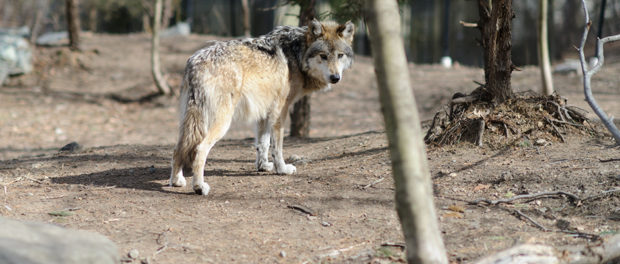Researchers push for a national program to help people coexist with predators
 Researchers are proposing a predator coexistence program to help ranchers coexist with carnivores like the gray wolf. Credit: Eric Kilby
Researchers are proposing a predator coexistence program to help ranchers coexist with carnivores like the gray wolf. Credit: Eric Kilby
Predators frequently kill livestock in public grazing lands in the western United States. While localized programs have addressed some of these issues, including programs to compensate ranchers for livestock killed by carnivores, these can be expensive and are often after the fact.
In a perspective paper published in People and Nature, a team of scientists and conservation practitioners outlined the framework for a national program they propose to proactively help landowners avoid conflicts with species like gray wolves (Canis lupus), brown bears (Ursus arctos) and mountain lions (Puma concolor).
“There’s a tremendous amount of land area where people share landscapes with animals that can impact people’s livelihoods and welfare,” said Neil Carter, the lead author of the paper and a professor of conservation science at the University of Michigan.
“Negative encounters between people and carnivores not only affect people’s livelihoods ,” Carter said, “but they also can lead to the killing of these animals, which can jeopardize their long-term conservation.”
He and his colleagues developed a national framework to help people and wildlife could coexist. They wanted a program that was scalable, building on the successes of localized programs. That led them to consider a federally funded national incentive program that might discourage landowners from lethal means of controlling predators. Their proposal would provide resources for nonlethal management techniques, like audio and visual deterrence, and training materials, through a competitive process with funds coming from agencies like the Natural Resources Conservation Service or U.S. Forest Service.
The authors wanted a program “incentivizing people to form collaborations where people can share insights on best available practices for non-lethally reducing predator-grazing conflicts,” Carter said. Rather than rely only on financial compensation for livestock that had been killed by predators, it would seek to avoid those losses by ranchers and the expenditures by government agencies. “You’re potentially saving money,” he said. “It just comes at a different time in a different form.”
Given the public support for the protection of these species, Carter said, “this is a case where building this program would be a return on investment.”


